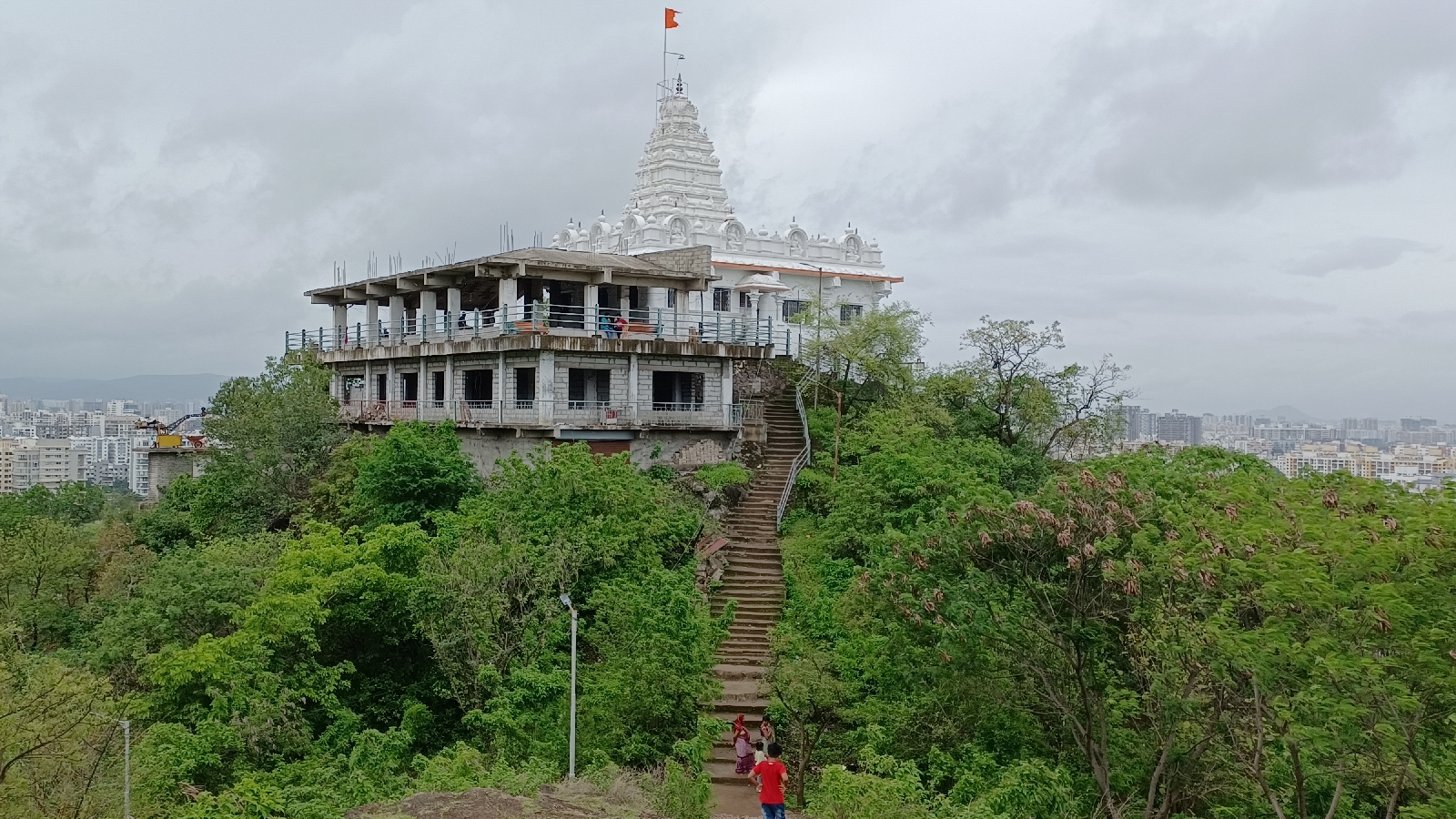Ajanta Caves from Aurangabad - Trip Day3
Ajanta Caves

Location: 110 kilometers from the city of Aurangabad. Takes approx 3 hrs to reach because the road is not good.
Timing: All day 8am to 5pm. Monday it is CLOSED
Entry Fee: 40 rs for Indians and 600rs for foreigners. 5 rs light charge per group.
Average time spent: - Requires nearly 4 to 6 hrs time.
Parking: Pay Parking is available.
Washroom and Restaurants: Available
Best time to visit: From November to February. The monsoon season may be good.
Morning time is the best time to enjoy the serenity of the palace and also it's less crowded in the morning times.
MY ADVICE
1. Wear light clothing. (It's way too hot in Aurangabad)2. Carry cap, goggles, and umbrella. (Really helpful)
3. Always have a bottle of water. (Hydration is key)
4. Get some snacks to replenish energy. There are many beverage and food vendors at the entry gate. (So much to explore)
5. Visit these caves with people who are willing to walk and explore (So much adventure). Wear good quality shoes. Girls, please avoid high heels.
6. The place is beautiful and good for photography so carry a good quality camera.
Ajanta Caves
They were covered by jungle until accidentally "discovered" the entrance to Cave No. 10 and brought to Western attention in 1819 by a colonial British officer Captain John Smith on a tiger-hunting party when a local shepherd boy guided him to the location and the door. Captain Smith went to a nearby village and asked the villagers to come to the site with axes, spears, torches, and drums, to cut down the tangled jungle growth that made entering the cave difficult. The Ajanta Caves are located on the side of a rocky cliff that is on the north side of a U-shaped gorge on the small river named Waghur.
The Ajanta Caves are 30 (approximately) rock-cut Buddhist cave monuments. The caves include paintings and rock-cut sculptures described as among the finest surviving examples of ancient Indian art, particularly expressive paintings that present emotion through gesture, pose and form
This place is good to come to see with your own eyes. No image or video from any source could describe the story well.
I recommend hiring a guide to inform a story. It's difficult to understand each cave by yourself. Guides are available inside each cave and take less money. A guide from the ticket window charges a lot of money.
The Walkway is not that difficult for normal people. If you don't have that enough time, you may cut some caves and focus only on the significant ones (1,2,16,17,26).
Post-independence, the state government of Maharashtra built arrival, transport, facilities, and better site management. The modern Visitor Center has good parking facilities and public conveniences and ASI operated buses run at regular intervals from Visitor Center to the caves.
Cave 1:
Cave 2:

Cave 6:
Cave 7:
Cave 9:
Cave 10:
Cave 11:
Cave 12:
Cave 16:
Cave 17:
Cave 19: This cave is a magnificent Mahayana chaitya hall. The interior is in the layout seen before, two rows of richly decorated columns leading up to and around the back of the standing Buddha, which here is in front of the slender stupa. This tall shrine has a triple stone umbrella above it.
Outside the cave, to the west, sits a striking image of the Naga king with seven cobra hoods around his head. His wife, hooded by a single cobra, sits by his side.
 |
| Naga king with seven cobra hoods |
Cave 20:
Cave 24:
Please comment below and let me know your feedback on this blog.





































Comments
Post a Comment